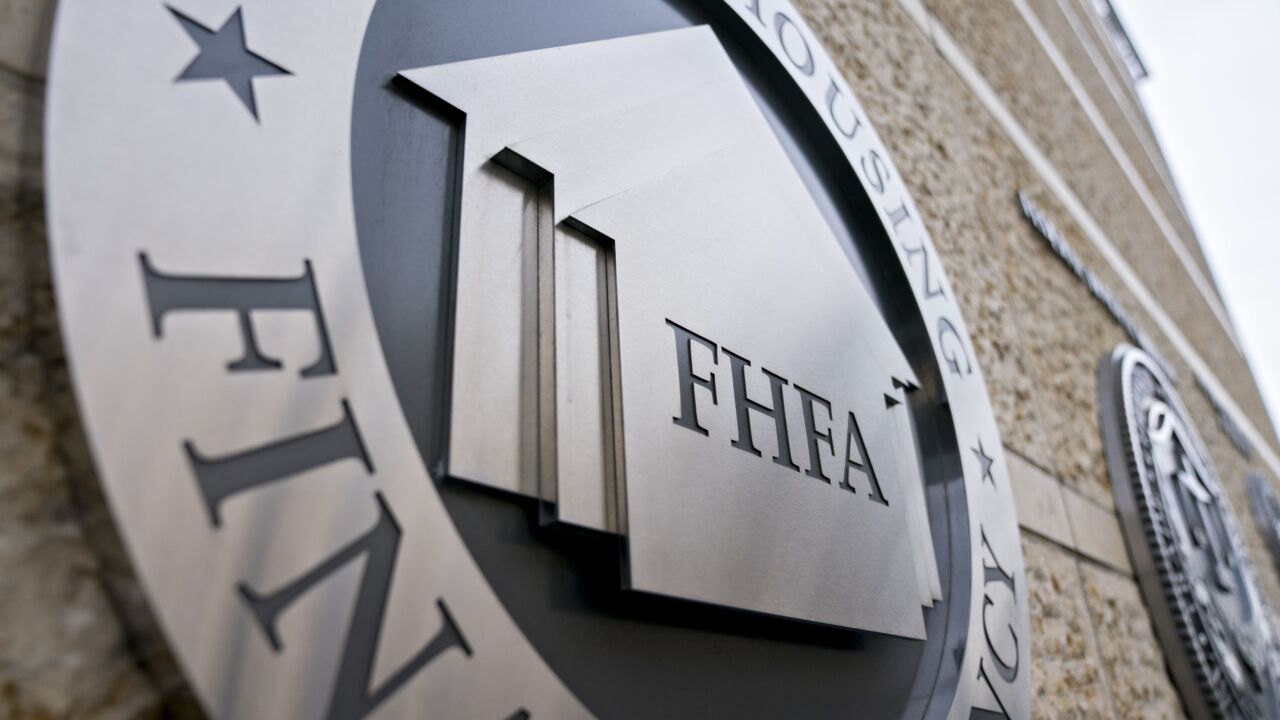
Change is on the horizon for the Federal Home Loan Bank System, a government-sponsored enterprise, or GSE, that offers subsidized loans to its
The
Since then, the origination and funding of mortgages has totally changed, but the Home Loan Bank System remains stuck in its 92-year-old business model. A
As a GSE, the Home Loan Bank System enjoys significant public subsidies: around $7.3 billion in 2024 according to the
Right now, the public gets very little in return for $7.3 billion in public subsidies. In 2023, statutory and voluntary Affordable Housing Program, or AHP, funding combined to $390 million in spending toward affordable housing, while
The Coalition proposes several measures to forge a robust, housing-focused Federal Home Loan Bank System. The FHFA should clarify the mission of banks as providing liquidity for fair and affordable housing and community development rather than merely subsidizing liquidity for financial institutions. This mission should exclude activities like disbursing dividends or investing in the highly liquid mortgage-backed securities market, which do not directly support housing.
The Federal Housing Finance Agency wants feedback on how the Federal Home Loan banks can improve their affordable housing programs, including efficiencies in the application process.
The FHFA must also refine what it considers mission-supportive, placing greater emphasis on investments that aid lower-income families, rural areas, Native American communities and communities of color, and consistently assess how well the Home Loan banks meet these criteria. Since 2008, they have amassed significant profits, much of which has been funneled into dividends and
The Coalition suggests using this surplus capital for mission-aligned purposes, such as a credit-enhancement program to ease CDFIs' access to affordable advances by offsetting the risks associated with their unique collateral types and small scales. Additionally, this capital could support a loan fund at each regional bank to facilitate equitable lending, such as small-dollar mortgages and special purpose credit programs.
Access to Home Loan bank advances for larger members should be conditional upon their contribution to the banks' housing mission, with a new requirement that these members maintain at least 10% of their assets in residential housing annually. FHFA could utilize Community Reinvestment Act, or CRA, ratings for commercial banks and set expectations for insurance companies to allocate a portion of their investments to social equity initiatives.
We also need Congress to act. Congress should align Home Loan bank executive compensation and board governance with mission advancement rather than profit maximization. Most urgently, Congress needs to increase the mandatory contribution to the Affordable Housing Program from 10% to at least 30% of net annual income. Such an increase would have directed an additional $1.4 billion to housing in 2024.
Renters, homeowners and those who are without housing cannot wait to resolve the pressure of rising housing costs and limited supply. We simply cannot afford a trillion-dollar GSE that is sitting on its hands.






